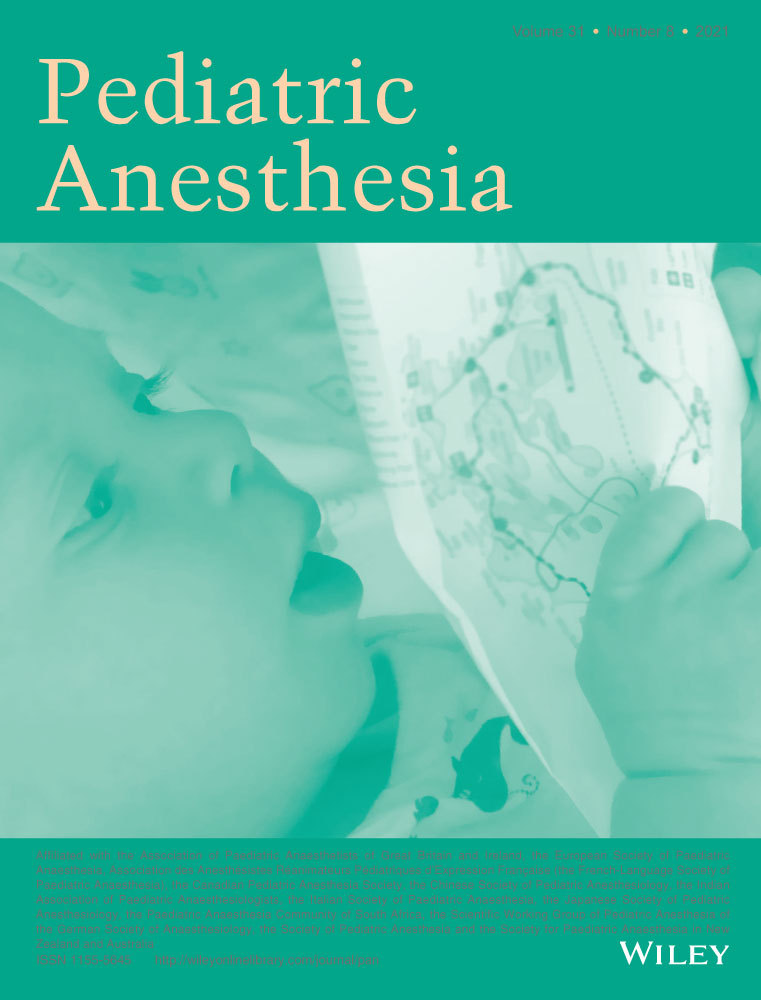To relieve pain or avoid opioid-related risk? A comparison of parents’ analgesic trade-off preferences and decision-making in 2019 versus 2013 in a single U.S. pediatric hospital
Abstract
Background
Analgesic trade-off preferences, or the relative preference for pain relief vs. risk aversion, shape parents’ decisions to give prescription opioids to their children. These preferences may be influenced by personal experiences and societal factors.
Aim
To examine whether parental analgesic trade-off preferences and opioid decision-making have shifted toward risk aversion during the opioid crisis in the United States.
Methods
We conducted a secondary analysis of the preoperative survey data of parents from a single U.S. pediatric hospital whose children aged 5–17 years were to undergo painful surgery in 2013 (Time 1) or 2017/2019 (Time 2). Surveys assessed parents’ analgesic trade-off preference (−12 or risk-averse to +12 or pain relief preferent, scores around 0=ambivalent) and their hypothetical decisions to give a prescribed opioid to a child in pain.
Results
Data from 847 parents were included (Time 1, n = 361; Time 2, n = 486). Parents at Time 2 were significantly more risk-averse compared with Time 1 (adj.β: −0.84 [95% CI: −1.09, −0.60]). Parents at Time 2 were more than twice as likely to be risk-averse or ambivalent (OR: 2.17 [95% CI: 1.62, 2.91]). There was a significant interaction effect of Time*Preference on parents’ decision to give the opioid (adj. OR: 1.09 [95% CI: 1.03, 1.16]). At Time 2, parents who were ambivalent or risk-averse were less likely than those who preferred to relieve pain to administer the prescribed opioid (OR: 0.57 [95% CI: 0.37, 0.89]). In contrast, there was no association between the preference group and the opioid decision at Time 1.
Conclusion
Findings suggest that parents of children scheduled for painful surgery at our pediatric hospital have become more analgesic risk-averse during the past decade. Parents’ analgesic trade-off preferences may influence their decisions to administer prescribed opioids after surgery, which may contribute to children's pain outcomes.
CONFLICT OF INTEREST
The authors have no conflicts of interest to disclose.
Open Research
DATA AVAILABILITY STATEMENT
Data sharing is not applicable to this article as no new datasets were generated for these secondary analyses.




